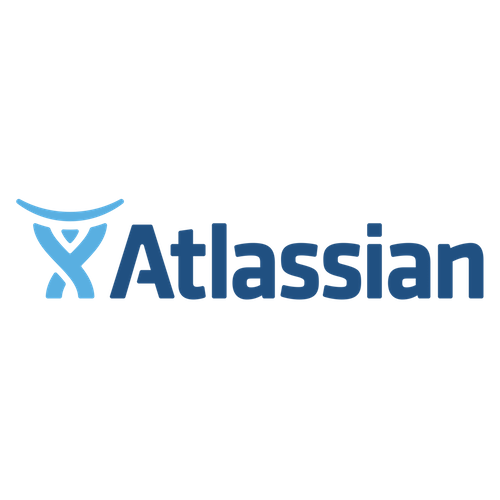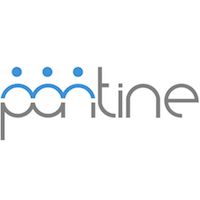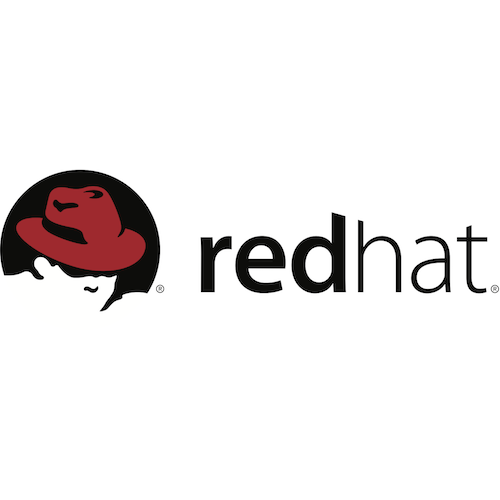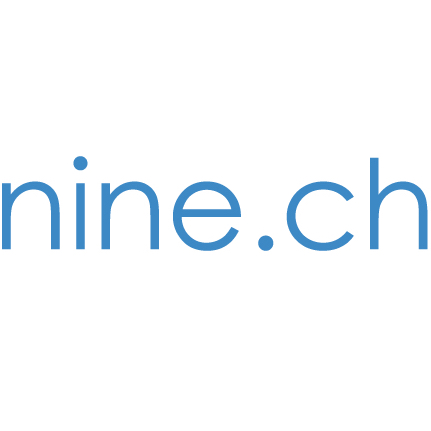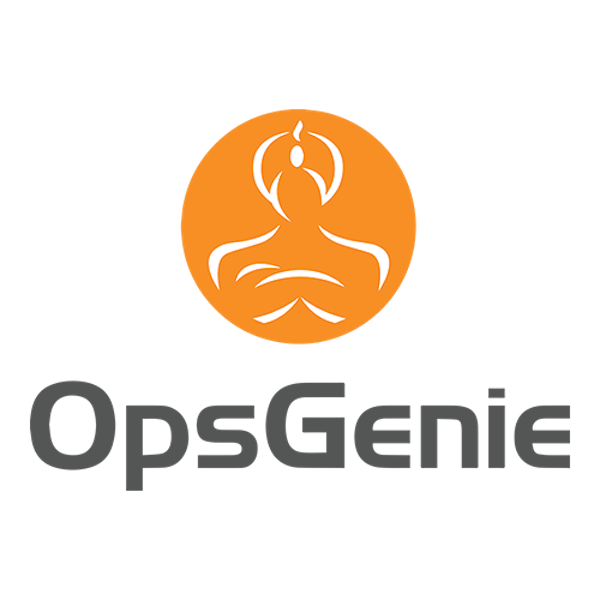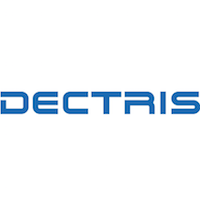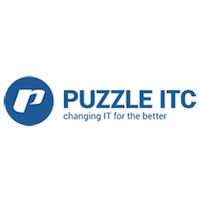What Devs Should Consider, When Coding Applications
The third generation of OpenShift is built around applications running in Docker containers and makes use of Kubernetes when it comes to orchestration and management. Accurately exposing the underlying Docker concepts and, hence, facilitating the composition of applications, OpenShift v3 opens up new prospects for both operations and development.
First of all, we want to discuss challenges of Docker in a production environment and brush-up how deployment and network configuration works.
Secondly, we show how OpenShift v3 integrates with Docker and how it eases much of the burden developers used to struggle with in former PaaS environments. These alleviations allow developers to turn toward higher-level tasks like deployment automation or container building.
Next, we examine different approaches to implement Continuous Delivery and showcase our CI/CD environment at Puzzle ITC with a particular focus on Jenkins, database migrations, and integration testing.
Finally, we explain what it actually means to develop cloud-ready applications. There are some rules and best practices to be followed in order for applications to leverage the PaaS layer. One of the perspectives of the presentation is to cause awareness for this ruleset and to demonstrate how to avoid the most common design pitfalls which will imply collisions with PaaS concepts. We are going to talk about persistent storage, environment configuration, logging, monitoring, and some other aspects of a Twelve-Factor app.
Speaker
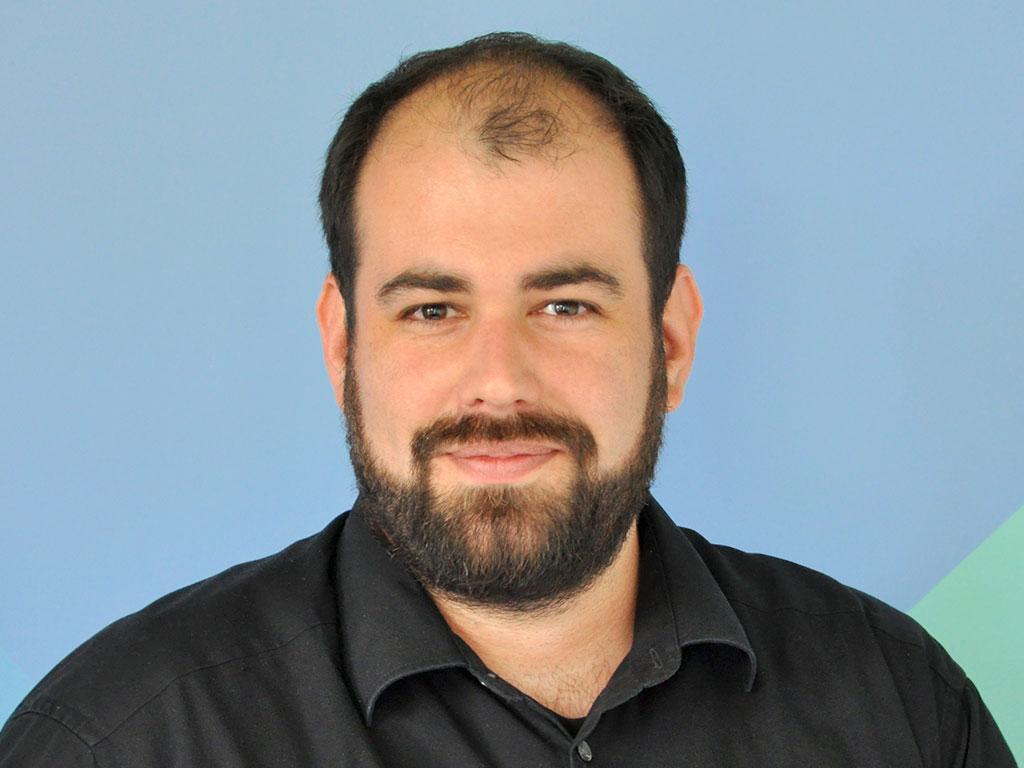
Thomas Philipona
Thomas Philipona is CTO and Head of Middleware & APPUiO at Puzzle ITC. He is amongst others responsible for the continuous integration and delivery processes at Puzzle as well for the composition of a Swiss Container Platform.
